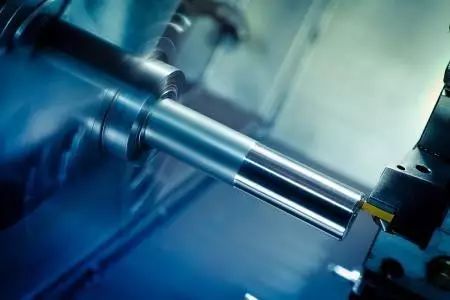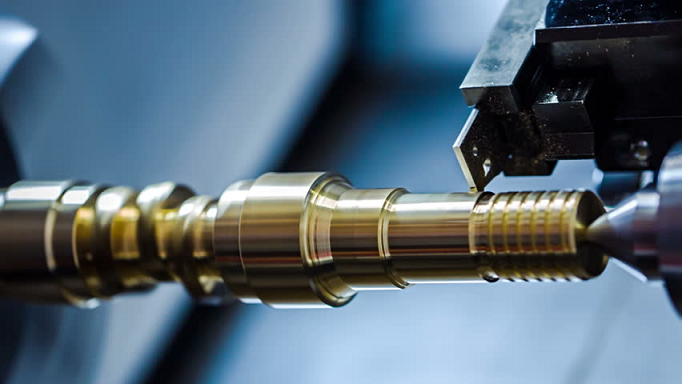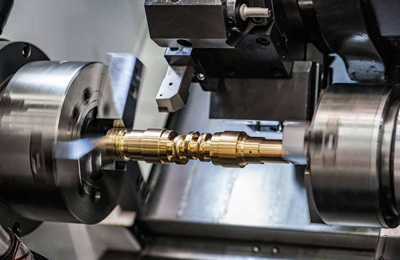How to deal with the phenomenon of vibrating tool in turning processing
The vibration of the lathe during the machining process is accompanied by the phenomenon of vibrating tool resulting in chatter lines on the surface of the workpiece, high rework rate and high rejection rate. What aspects do we need to investigate?

1. Workpiece and tool, which may cause the vibrating tool
(1) Workpiece
1) External turning of slender shafts. Generally, the distance between the cutting point and the clamping point, if the ratio of length to diameter exceeds 3, it is easy to vibrate the tool, you can consider changing the process;
2) External turning of thin-walled parts;
3) Turning of box-shaped parts (such as sheet metal welded structural parts);
4) Cutting of super-hard materials.
(2) Tool reason
1) Form turning using forming blades;
2) The angle of the tool, especially the entering angle, relief angle, rake angle, etc.;
3) The sharpness of the blade;
4) Whether the radius of the tool nose arc is too large;
5) Whether the cutting parameters are appropriate.
First eliminate the problem of the tool, first check the rigidity of the turning tool itself, is it not clamped? Is it extended too long? Is the gasket uneven? Check again whether the turning tool (boring tool) is worn? Is the tip rounded or the wiper blade is too wide? Is the clearance angle of the turning tool too small? Check if you are using a 90-degree knife or a 45-degree knife, and try to change it.
In addition, if the feed (feed amount) is too small, it may also be an inducement to produce chatter, which can be adjusted slightly and increased. You can adjust the speed, single-cut depth of cut, and feed to try to eliminate resonance points.

2. Investigate if the machine tool and the mounting position caused the vibrating tool
1) Check if your live top is protruding too long and the bearing is good. There are flat rolling bearing combinations inside. If you really doubt it, you can use a dead center instead, pay attention to the butter lubrication of the center hole;
2) Look up the clamping situation of your tailstock top, whether it is not concentric with the machine spindle under the clamping conditions;
3) Tighten the large, medium and small extension boards, especially the middle extension boards;
4) If it is the tailstock part of the machine tool that you cannot check temporarily (points 1 and 2, some fitter foundation is needed), you can try to move the tool from the gripping end to the tail. Reverse rotation can remove the weakening of the tail to the greatest extent;
5) If there is still something in step 4, look at the spindle. Of course, if it is a three-grab, you should also check to see if the spiral groove is damaged. The four catches are adjusted manually, so there is no need for inspection.

3. Check if other reasons caused the vibrating tool
If your main bearing bush is really tight in place, the workpiece is not a thin-walled hollow part or the overhang is too long, and the chuck clamping is no problem. Use other countermeasures to suppress vibration. There are some more specific and practical methods currently used in the processing site:
1) Reduce the working weight of the part that causes vibration, the smaller the inertia, the better;
2) Fix or clamp the places with the largest vibration, such as center frame, work holder, etc.;
3) Improve the rigidity of the processing system, such as using tool holders with higher elastic coefficients or using special shock resistance with dynamic shock absorbers to absorb impact energy;
4) Work hard with the direction of rotation of the blade and work;
5) Change the shape and timing of the tool, the smaller the nose radius of the tool, the better, in order to reduce the cutting resistance. The roll angle must be positive to make the cutting direction closer to vertical. The back rake angle is preferably a positive value, but the chip removal and cutting ability is relatively poor, so generally, you can choose a groove cutter to make the rake angle negative but still maintain a positive cutting effect.


